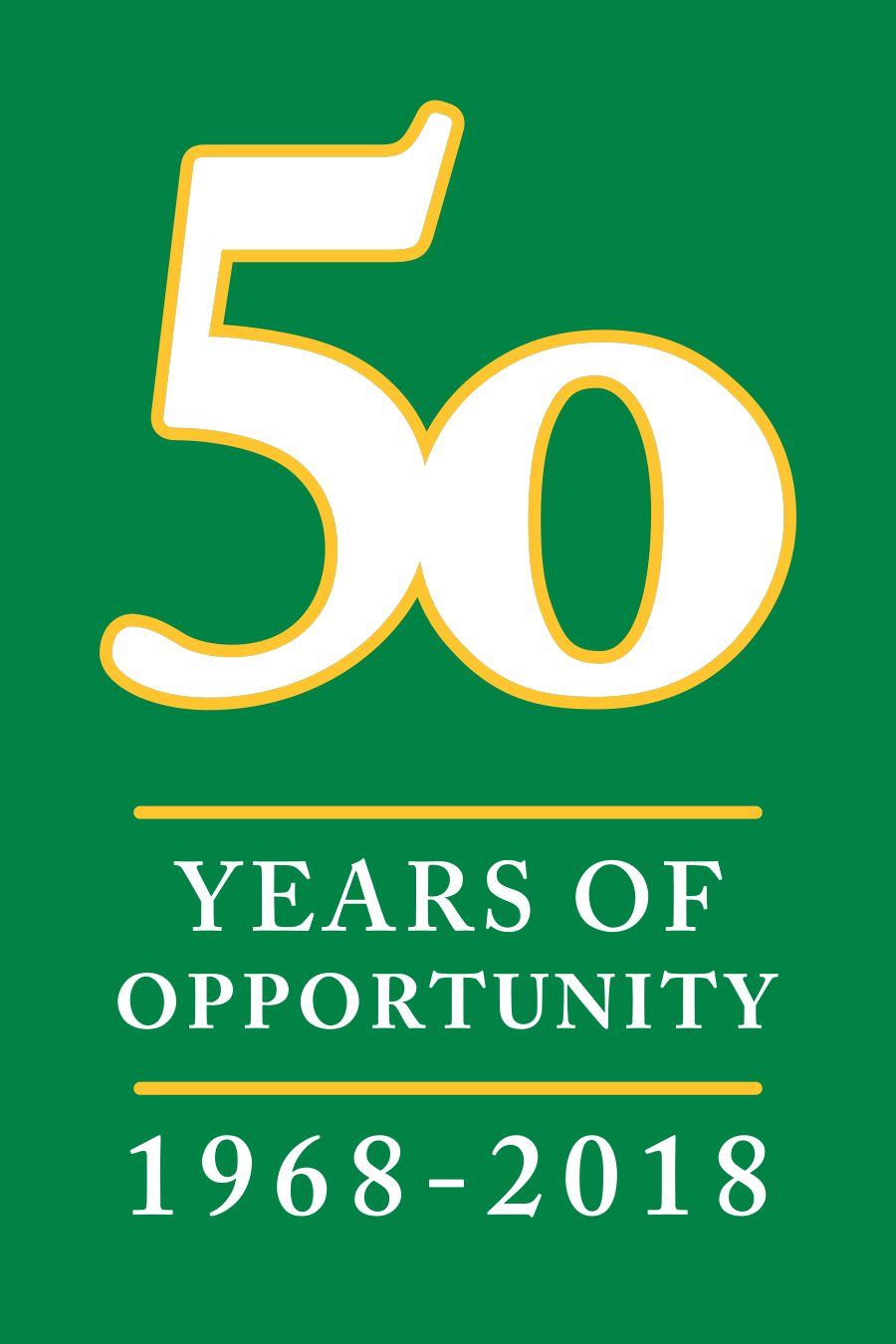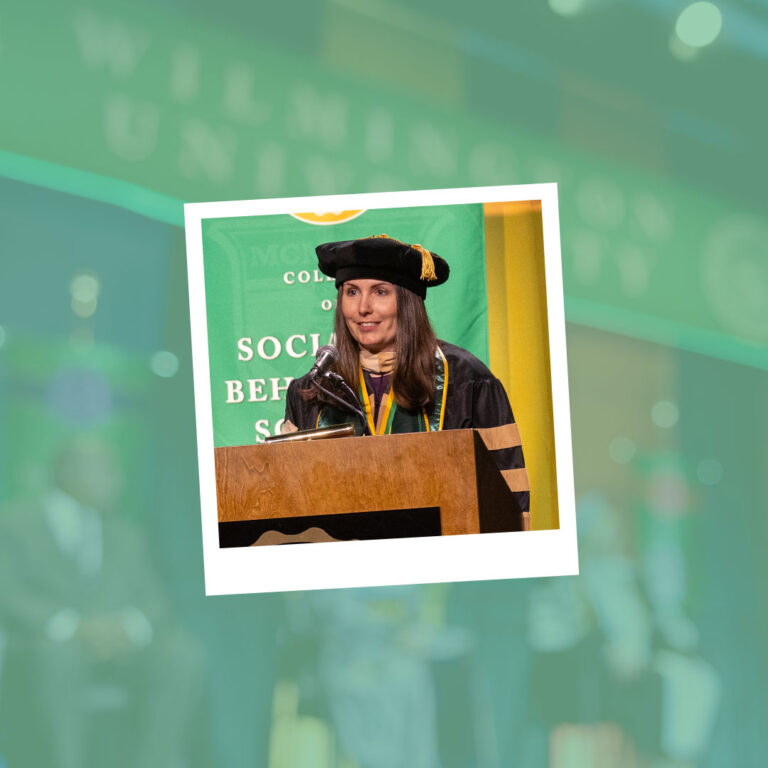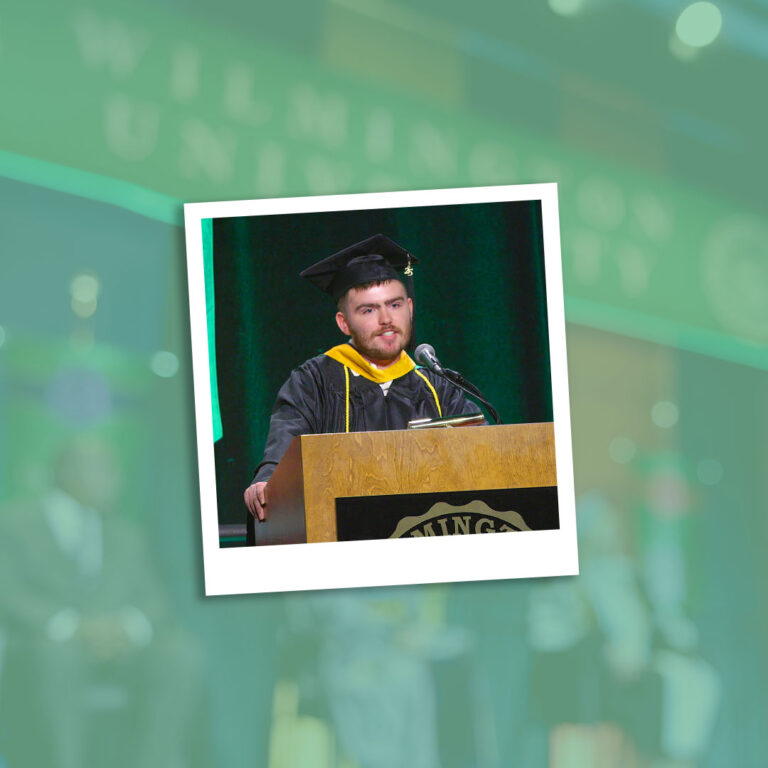Wilmington University Turns 50

Wilmington College was chartered by the state of Delaware on Dec. 27, 1967, though its classes began in 1968.
Cover Story by Maria Hess | Special thanks to Dr. Angela Suchanic and Natalie Ridgeway

Students recruited from New Jersey and New York lived in dorms and attended classes at the newly purchased Tour Inn Motor Court on DuPont Highway in New Castle, Delaware. The governance of Wilmington University rests with its Board of Trustees. Today, Joseph Farnan Jr. leads the dedicated board. Dr. Donald E. Ross was appointed founding president late in 1967 and held the office from 1968 through 1977. Chairman Nicholas Mazarella, who served as acting president from July 1, 1977, through January 30, 1979, succeeded him. Dr. Audrey Doberstein became president on April 6, 1979, then was succeeded by Dr. Jack Varsalona in 2005. He served as president until June 2017. Dr. LaVerne Harmon was appointed president on July 1, 2017, and leads the University today.



